“Captain EO,” a 1986 3D science fiction short film, represents a unique convergence of talent and technology, showcasing the combined creative forces of George Lucas, Francis Ford Coppola, and Michael Jackson. Premiering at Disney theme parks, this film not only pushed the boundaries of three-dimensional cinematic experiences but also became a cultural phenomenon that resonated with audiences around the world.
The film debuted at a time when 3D technology was still in its nascent stages in the cinema industry, making “Captain EO” a pioneering project that leveraged state-of-the-art effects to enhance its storytelling. The collaboration between Disney, Lucasfilm, and some of the most iconic figures in entertainment resulted in a spectacle that was much more than a typical theme park attraction. It was an immersive experience that included in-theater effects such as lasers, smoke, and even starfields that extended the action beyond the screen and into the audience.
“Captain EO” enjoyed a successful initial run from 1986 until 1998, captivating visitors with its engaging narrative and groundbreaking effects. However, its significance was further amplified following the untimely death of Michael Jackson in 2009. The film was re-introduced at Disney parks in 2010 as a tribute to the late artist, allowing fans and new audiences alike to experience Jackson’s dynamic performance in a way that mirrored his energy and innovation on stage. This revival not only served as a homage but also highlighted the enduring appeal of Michael Jackson’s artistic legacy.
The film’s return to the parks also provided an opportunity for a new generation to witness the fusion of filmmaking and musical genius in a 3D format, ensuring that “Captain EO” remained a testament to the creative vision of its star and producers. Through its continued resonance, “Captain EO” exemplifies how visionary art can transcend time, serving both as a memorial and a celebration of Michael Jackson’s contributions to both music and film.
| Feature | Description |
|---|---|
| Film Title | Captain EO |
| Year | 1986 |
| Genre | 3D Science Fiction Short Film |
| Key Creative Forces | George Lucas, Francis Ford Coppola, Michael Jackson |
| Premiere Location | Disney Theme Parks |
| Technological Significance | Pioneering in 3D effects and immersive in-theater experiences |
| Original Run | 1986 to 1998 |
| Re-introduction | 2010, as a tribute to Michael Jackson |
| Cultural Impact | Enduring appeal; tribute to Michael Jackson’s legacy |
Contents
Background and Production
“Captain EO” is a remarkable example of collaboration among giants in the entertainment industry. The project was born out of a partnership between Walt Disney Studios, Lucasfilm, and Walt Disney Imagineering, blending advanced technology with compelling storytelling and cinematic expertise. The film was directed by Francis Ford Coppola, a name synonymous with cinematic masterpieces. The executive producer role was held by George Lucas, whose visionary mind behind “Star Wars” brought a unique narrative and technological depth to the project. The star of the film, Michael Jackson, not only acted but also significantly influenced the musical and dance aspects of the film.
This 17-minute film was notable for its ambitious use of 3D technology. At the time of its production, 3D was still an evolving format, and “Captain EO” was one of the first films designed specifically for this technology. The involvement of Walt Disney Imagineering was crucial in integrating 3D effects with in-theater effects such as lasers, smoke, and starfields that interacted with the audience, creating a fully immersive experience.
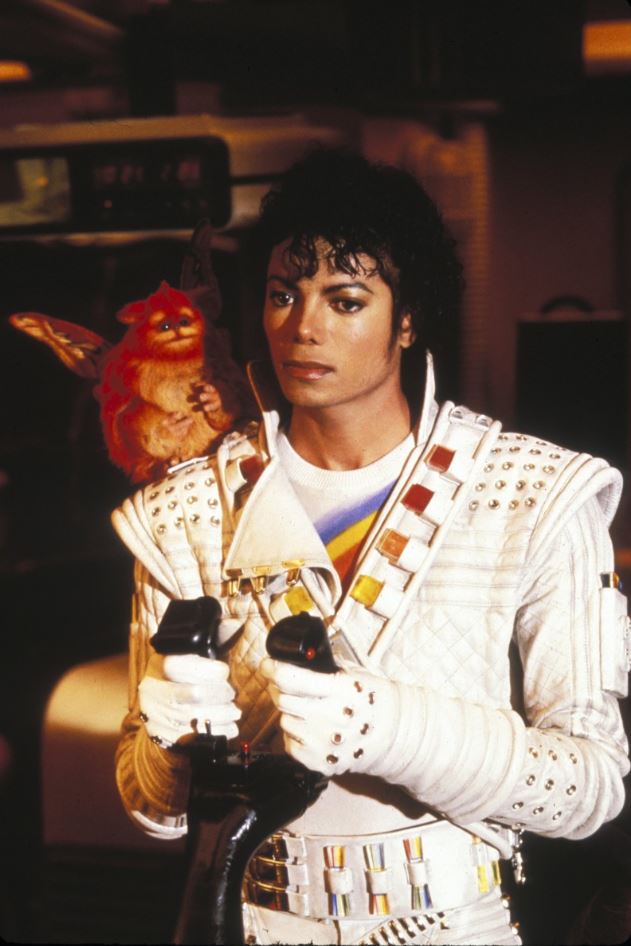
The choreography was a collaborative effort between Michael Jackson and Jeffrey Hornaday, known for his work on films like “Flashdance”. The dance sequences were crafted to take advantage of the 3D format, with moves and effects aimed directly at the audience, enhancing the illusion of depth and interaction. Cinematographer Peter Anderson was tasked with capturing these dynamic performances, which required innovative techniques to deal with the challenges posed by 3D photography.
The filming process also involved cutting-edge technology. The film was shot using 70mm film to achieve high resolution suitable for large-screen projections. Special attention was paid to lighting, directed by Vittorio Storaro, to ensure that it complemented the 3D effects without overwhelming the sensors used in 3D cameras.
| Aspect | Details |
|---|---|
| Collaboration | Walt Disney Studios, Lucasfilm, Walt Disney Imagineering |
| Director | Francis Ford Coppola |
| Executive Producer | George Lucas |
| Star Influence | Michael Jackson influenced musical and dance aspects |
| Technology | Early use of 3D technology designed for the format |
| In-Theater Effects | Lasers, smoke, starfields interacting with the audience |
| Choreography | Michael Jackson and Jeffrey Hornaday |
| Cinematography | Peter Anderson |
| Film Format | Shot on 70mm film for high resolution |
| Lighting Director | Vittorio Storaro, tailored for 3D effects |
Plot Summary
The plot of “Captain EO” is a classic tale of good versus evil, set in a fantastical galaxy. Michael Jackson plays the titular character, Captain EO, who leads a ragtag group of alien creatures on a mission to deliver a powerful gift to the Supreme Leader, a malevolent ruler played by Anjelica Huston, who reigns over a dark and oppressive planet. The crew aboard Captain EO’s spaceship includes a diverse group of characters: the flying, furry creature Fuzzball; the two-headed pilot and navigator named Geek (Idy and Ody); the robotic security officer Major Domo; his small counterpart Minor Domo, and the clumsy, elephant-like Hooter.
Upon their arrival, the crew is captured and brought before the Supreme Leader, who sentences them to harsh penalties. In a daring attempt to fulfill his mission, Captain EO reveals that his gift is not a physical object but a transformative vision of beauty and light, embodied in his song “We Are Here to Change the World.” What follows is a spectacular dance and music sequence, utilizing Jackson’s iconic dance moves and the film’s special effects to visually and narratively transform the bleak environment of the planet.
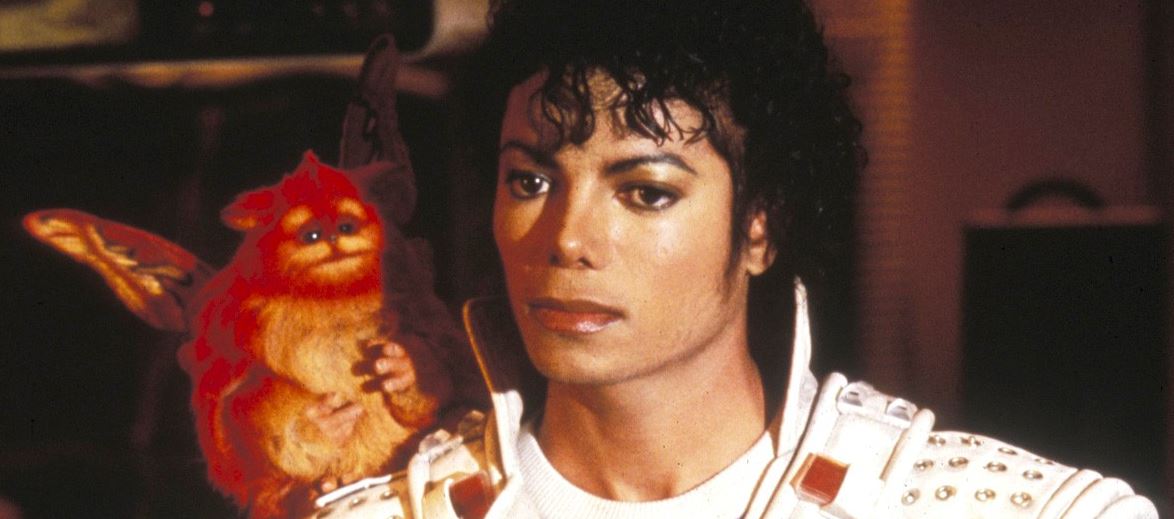
As Captain EO sings and dances, his crew members, using their own unique abilities, help transform the minions of the Supreme Leader into vibrant, joyful creatures. Even the formidable Supreme Leader herself is transformed by EO’s music into a beautiful and kind ruler. The planet’s dark, industrial landscape morphs into a bright, garden-like paradise, symbolizing the power of compassion and art over darkness and fear.
This narrative not only showcases Jackson’s significant musical talent but also serves as a metaphor for his broader artistic and philanthropic goals—to bring light and positive change through his art. The special effects used in these key scenes—ranging from the transformation of characters to the interaction of light, sound, and physical effects with the audience—helped to cement “Captain EO” as a landmark in theme park attractions and 3D cinematic experiences.
| Element | Description |
|---|---|
| Story Theme | Good versus evil, set in a fantastical galaxy |
| Main Character | Michael Jackson as Captain EO |
| Antagonist | Anjelica Huston as the Supreme Leader |
| Crew Members | Fuzzball, Geek (Idy and Ody), Major Domo, Minor Domo, Hooter |
| Mission | Deliver a transformative vision of beauty and light to the dark planet |
| Climactic Scene | Music and dance sequence where the planet and beings are transformed |
| Transformation | Characters and planet turn from dark and oppressive to bright and joyful |
| Artistic Metaphor | Represents Michael Jackson’s goal to inspire change through art |
| Special Effects | Visual transformations, interaction of light, sound, and physical effects |
| Significance | Landmark in theme park attractions and 3D cinematic experiences |
Technical Aspects and Special Effects
“Captain EO” showcased a plethora of technical innovations and special effects that set a new standard for in-theater experiences. The film’s use of 3D technology was pioneering, taking advantage of then-emerging techniques to create depth and immersion. The 3D effects were achieved through the use of anaglyphic techniques, which required audiences to wear special glasses that made the film’s characters and objects appear as if they were leaping out of the screen. This was complemented by in-theater effects, such as lasers that zipped across the room, smoke that billowed out at dramatic moments, and starfields that seemed to envelop the audience, creating a universe that extended far beyond the confines of the screen.
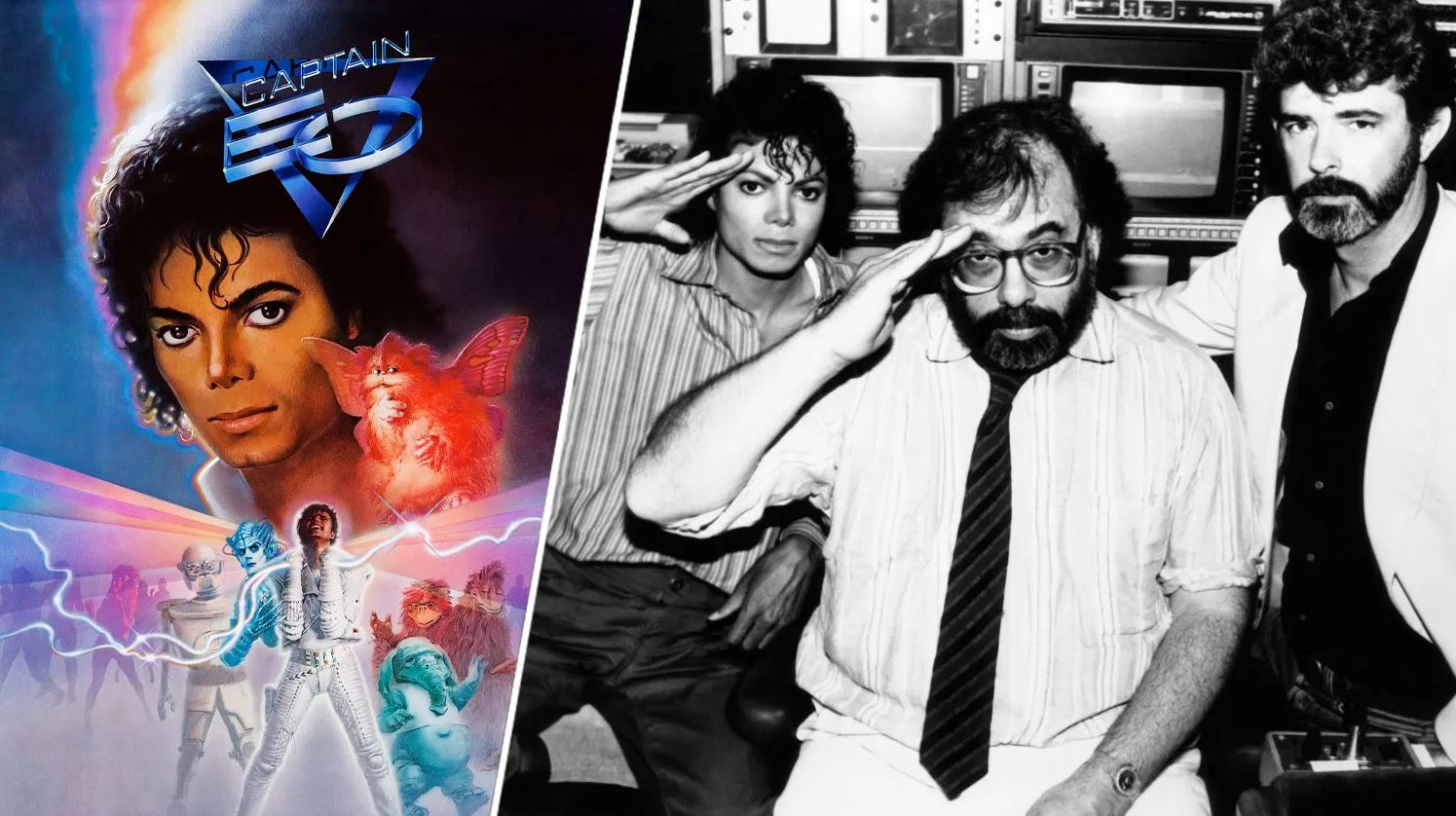
The integration of these effects was designed to synchronize perfectly with the on-screen action, enhancing the viewer’s experience and emotional engagement with the film. For instance, during a battle scene, lasers fired by characters in the film were matched by real lasers in the theater, blurring the lines between the film and the audience’s space.
When “Captain EO” was revived in 2010 as a tribute to Michael Jackson, it included several technological updates that reflected advances in theater technology. The original hydraulic systems used in the Disney parks’ attractions were adapted to enhance the sensory experience during the film. These systems made seats shake in sync with the action in the film, especially during scenes involving spaceship travel and climactic musical numbers. Additionally, new LED lighting was installed, which allowed for a wider range of colors and more precise control of lighting effects, enhancing the visual impact of the film’s key moments.
| Technology/Effect | Description |
|---|---|
| 3D Technology | Pioneering use of anaglyphic techniques for depth and immersion; required special glasses for viewing. |
| In-Theater Effects | Lasers, smoke, and starfields that interacted with the audience, extending the cinematic experience beyond the screen. |
| Effect Integration | Synchronized with on-screen action to enhance emotional engagement, e.g., real lasers in theater during battle scenes. |
| 2010 Revival Updates | Technological updates including adapted hydraulic systems for seat movements and new LED lighting for enhanced visual effects. |
Music and Choreography
The musical score for “Captain EO” was composed by James Horner, known for his ability to blend synthesizers with full orchestras to create rich, emotive scores that perfectly suited the film’s futuristic setting. Horner’s compositions helped to elevate the film, providing a dynamic backdrop for the action and enhancing the emotional depth of the storyline.
Central to the film’s appeal were two original songs by Michael Jackson, “We Are Here to Change the World” and “Another Part of Me.” These songs were not only pivotal to the film’s narrative, transforming the dark world into one of beauty and light, but they also showcased Jackson’s signature musical style—combining pop with rock and soul elements. The songs were integrated into elaborate dance sequences choreographed by Jackson himself along with Jeffrey Hornaday. Jackson’s influence was evident in the precision and energy of the choreography, which utilized his iconic dance moves to engage with the 3D effects, creating a visual spectacle that was both innovative and captivating.
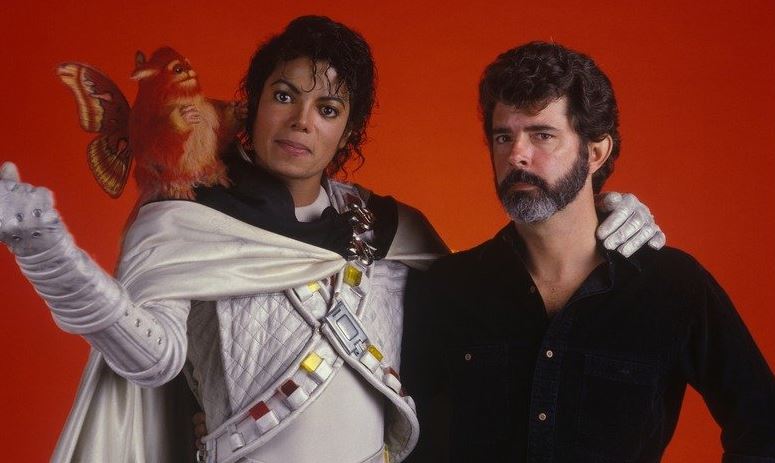
The impact of the music and dance sequences on “Captain EO’s” popularity and its critical reception was significant. These elements were highlighted as groundbreaking at the time of the film’s release, with critics and audiences alike praising the innovative use of technology to enhance musical and dance performances. The integration of real-world effects with choreographed sequences not only entertained but also immersed the audience in Captain EO’s world, making the film a memorable experience.
The revival of the film after Michael Jackson’s death saw renewed interest in these musical and choreographic elements, as fans of the artist came to appreciate the film as a part of his legacy. The enduring appeal of these sequences, driven by Jackson’s performance and Horner’s music, ensured that “Captain EO” remained a beloved memory in the hearts of many viewers, serving as a reminder of Jackson’s immense talent and his contributions to merging film and music in innovative ways.
| Component | Description |
|---|---|
| Composer | James Horner, known for blending synthesizers with orchestras to create emotive scores. |
| Original Songs | Michael Jackson’s “We Are Here to Change the World” and “Another Part of Me”. |
| Music Integration | Songs pivotal to narrative transformation and showcased Jackson’s pop, rock, and soul fusion. |
| Choreography | Designed by Michael Jackson and Jeffrey Hornaday, emphasizing precision and energy to complement 3D effects. |
| Critical Reception | Praised for innovative integration of technology with music and dance, enhancing audience immersion. |
| Legacy and Revival Impact | Renewed interest following Michael Jackson’s death, highlighting the film’s role in his artistic legacy. |
Reception and Legacy
Upon its debut in 1986, “Captain EO” was heralded as a technological marvel and a significant cultural event. The collaboration of industry titans such as Michael Jackson, Francis Ford Coppola, and George Lucas, combined with the innovative use of 3D technology and special effects, drew massive attention and curiosity from both media and audiences. The initial reception was mixed, with some critics praising its ambitious special effects and musical sequences, while others viewed it as more of a novelty tailored to Disney’s theme park audiences rather than a standalone cinematic masterpiece. However, the general consensus appreciated the film as a groundbreaking effort in integrating film with an enhanced theater experience.
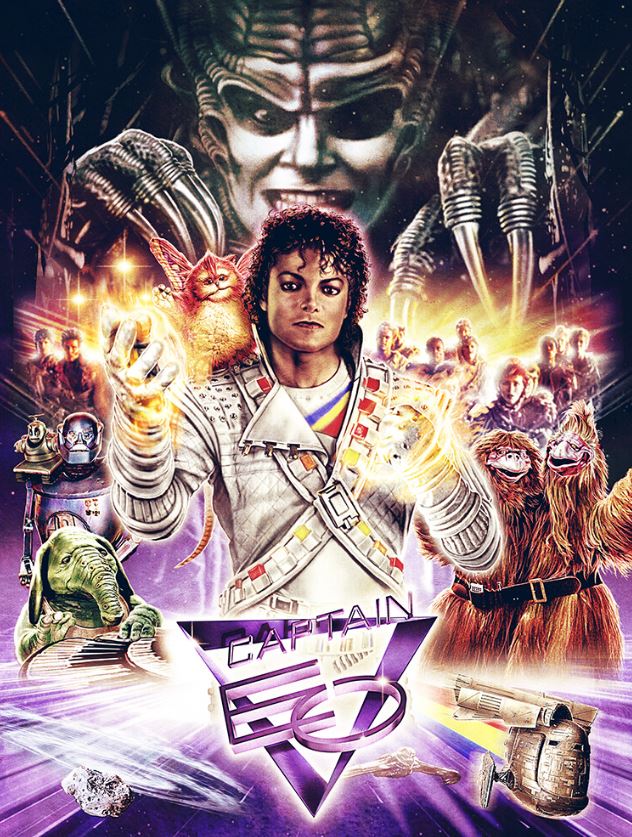
The film’s appeal led to its sustained presence at Disney parks for over a decade, with its initial run lasting from 1986 until 1998. Following Michael Jackson’s death in 2009, the film experienced a revival as fans and new audiences sought to reconnect with the artist’s work. Disney parks responded by reintroducing “Captain EO” in 2010, capitalizing on the renewed interest and the outpouring of affection for Jackson. This revival highlighted not only the film’s entertainment value but also its significance in the evolution of theme park attractions, where it served as a precursor to many of the immersive experiences found in parks today.
The decision to finally close the attraction across various Disney parks from 2014 to 2015 was driven by the evolving demands and expectations of park visitors, as well as the need to make way for new attractions that incorporated more recent technological advancements. The closures reflected a shift in audience interests and the continuous progression of theme park entertainment, but they also marked the end of an era for a pioneering piece of 3D film history.
| Aspect | Description |
|---|---|
| Debut | 1986, celebrated as a technological marvel and significant cultural event. |
| Key Collaborators | Michael Jackson, Francis Ford Coppola, George Lucas |
| Initial Reception | Mixed reviews; praised for special effects and musical sequences, criticized as a novelty for theme parks. |
| Initial Run | 1986 to 1998 at Disney parks |
| Revival | 2010, following Michael Jackson’s death, to meet renewed interest |
| Closure | 2014 to 2015; due to evolving visitor demands and advancements in technology. |
| Legacy | Served as a precursor to immersive theme park experiences, marking a pioneering chapter in 3D film history. |
Merchandising and Promotional Efforts
“Captain EO” was not just a film; it was a comprehensive marketing phenomenon that extended its reach through an extensive range of merchandise and promotional efforts. Merchandising included plush toys of the film’s unique characters like Hooter, the double-headed navigator Geek, and the mystical flying creature Fuzzball. These items became collector’s pieces, especially following the discontinuation of the attraction. Trading cards and pins were also popular, featuring imagery from the film and its characters, providing fans with tangible memories of their experience.
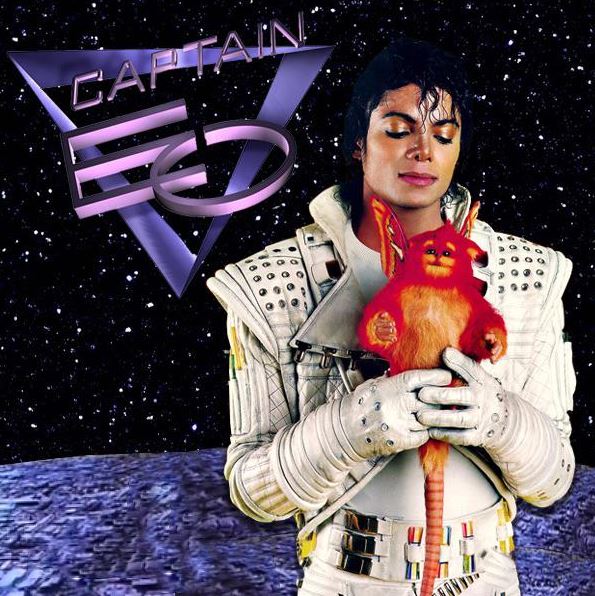
A special comic book adaptation of “Captain EO” was released by Eclipse Comics in 1987, which included art by Tom Yeates and stereoscopy effects by Ray Zone. This comic was unique in that it was available in two formats: a regular size for comic book stores and a tabloid size sold exclusively at Disneyland as a souvenir. This adaptation helped extend the narrative experience of the film beyond the theater, allowing fans to delve deeper into the story and its characters.
Additionally, “Captain EO” was promoted through a behind-the-scenes documentary titled “Captain EO: Backstage.” Hosted by Whoopi Goldberg, this documentary was produced for television and included interviews with the cast and crew, providing insights into the making of the film. This not only served as an additional promotional tool but also enhanced fan engagement by showing the complex process of bringing such a unique film to life.
These promotional efforts were critical in cementing “Captain EO’s” legacy as more than just a short film but as a significant cultural and technological project that showcased what was possible at the intersection of creativity and technology. As such, “Captain EO” remains a fondly remembered part of Michael Jackson’s legacy and a milestone in the history of theme park entertainment.
| Aspect | Description |
|---|---|
| Merchandising | Plush toys, trading cards, and pins featuring characters like Hooter, Geek, and Fuzzball. Items became collector’s pieces after the attraction’s discontinuation. |
| Comic Book Adaptation | Released by Eclipse Comics in 1987 with art by Tom Yeates. Available in regular and tabloid sizes, the latter sold exclusively at Disneyland. |
| Documentary | “Captain EO: Backstage” hosted by Whoopi Goldberg, including interviews with cast and crew, aired on television to enhance fan engagement. |
| Cultural Impact | Extended the reach of the film beyond theaters, contributing to Michael Jackson’s legacy and the history of theme park entertainment. |
Revival and Final Showings
The revival of “Captain EO” at Disney parks following the death of Michael Jackson in June 2009 was a tribute to the pop icon’s enduring legacy and influence. The film had originally ceased showing in the late 1990s but saw a resurgence of interest after Jackson’s passing, leading to its reintroduction across several Disney parks globally. Disneyland first announced the return of “Captain EO” in September 2009, and by February 2010, the film was once again screening at Disneyland in California. Subsequent re-openings occurred at Disneyland Park (Paris) and Tokyo Disneyland, reflecting a broad, renewed appreciation for the film.
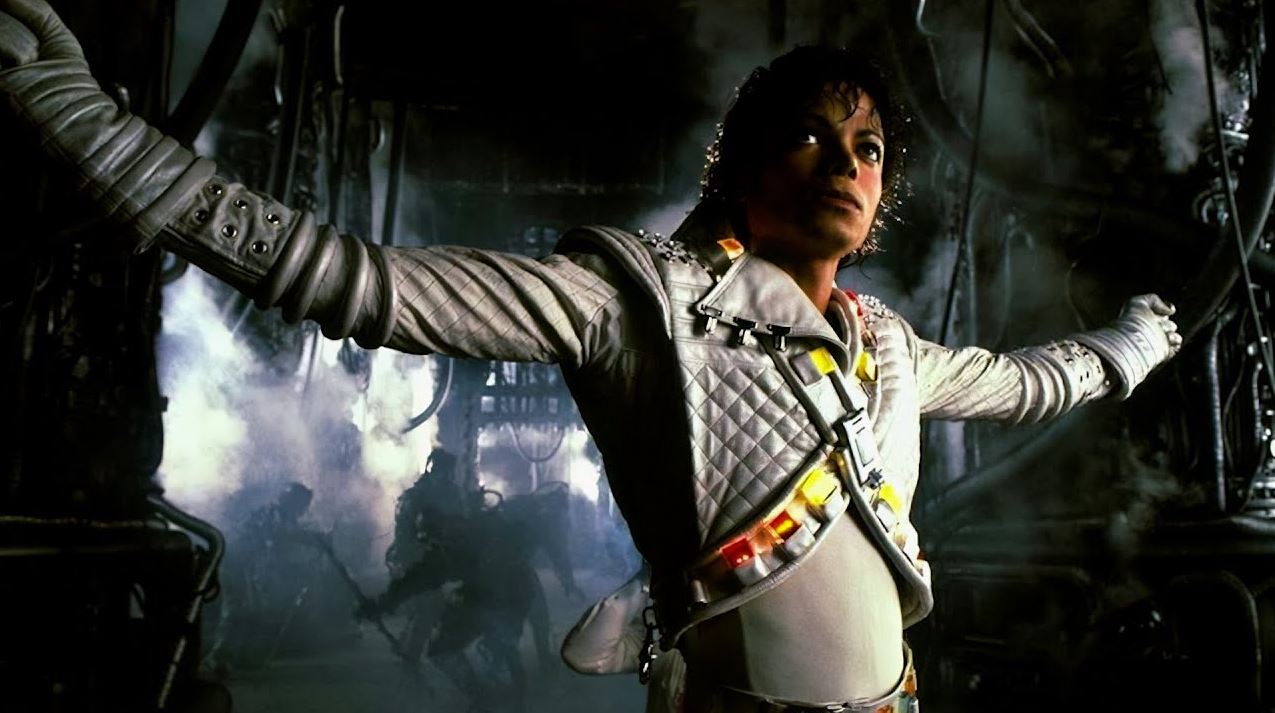
The revival served both as a memorial to Jackson and as a testament to his contributions to music and popular culture. During this period, the attraction drew large crowds, many of whom were eager to experience Jackson’s performance in a unique cinematic format. Disney utilized the existing infrastructure from the previous “Honey, I Shrunk the Audience!” attraction to reintroduce “Captain EO,” updating the theater with contemporary technology to enhance the 4D effects that had originally made the film so innovative.
Despite the success of its revival, “Captain EO” was eventually discontinued as Disney parks continued to evolve and update their attractions. The final showings of “Captain EO” occurred on December 6, 2015, at Epcot in Walt Disney World, marking the end of the film’s run. The theater spaces formerly housing “Captain EO” were repurposed for new attractions and experiences, such as the “Disney & Pixar Short Film Festival” at Epcot, which showcased a selection of animated shorts in a similarly immersive 4D format.
| Event | Description |
|---|---|
| Revival Announcement | Disneyland announced the return of “Captain EO” in September 2009, after Michael Jackson’s death in June 2009. |
| Screening Resumption | By February 2010, “Captain EO” was screening again at Disneyland, California. Followed by re-openings at Disneyland Park (Paris) and Tokyo Disneyland. |
| Memorial Significance | Served as a tribute to Michael Jackson, drawing large crowds to experience his performance in a unique 4D cinematic format. |
| Infrastructure Utilization | Used the existing infrastructure of the “Honey, I Shrunk the Audience!” attraction, with updated technology for enhanced 4D effects. |
| Final Showings | Last showed on December 6, 2015, at Epcot in Walt Disney World, marking the end of the film’s run. |
| Repurposing | The theaters were repurposed for new attractions like the “Disney & Pixar Short Film Festival” at Epcot, continuing the use of immersive 4D technology. |
“Captain EO” remains a significant cultural artifact within the history of film and theme park entertainment. Its initial release in the 1980s and subsequent revivals have demonstrated the lasting appeal of Michael Jackson’s artistry and the innovative use of technology in storytelling. The film was one of the first to bring a high-quality, cinematic 4D experience to a theme park setting, blending cutting-edge effects with compelling musical performance.
The reasons for the enduring appeal of “Captain EO” are manifold. For many, the film is inextricably linked to Michael Jackson’s legacy—a period piece that captures his energy and creativity at its peak. For others, the film represents a pioneering moment in the evolution of 3D and 4D cinematic experiences, showcasing what can be achieved when technology and art merge seamlessly. Additionally, the cultural impact of “Captain EO” extends beyond its technological innovations; it reflects a time when collaboration among top talents in music, cinema, and technology could create something uniquely magical and universally appealing.
The fanbase loyalty observed over the years can be attributed to a combination of nostalgia and the timeless quality of Jackson’s performances. Each revival brought new audiences, many of whom had never before experienced Michael Jackson in such a format, and rekindled the enthusiasm of those who had seen the original screenings. This cyclical rediscovery ensured that “Captain EO” remained relevant and beloved across different generations.
In sum, “Captain EO” not only pushed the boundaries of theme park entertainment but also left a lasting imprint on the cultural landscape, reminding us of the power of creative vision and technological ambition to shape our collective experiences and memories. Its legacy continues to influence the design and execution of theme park attractions worldwide, setting a high standard for immersive entertainment.
